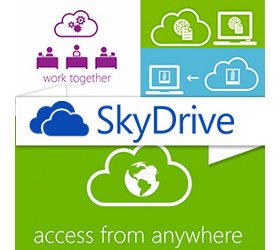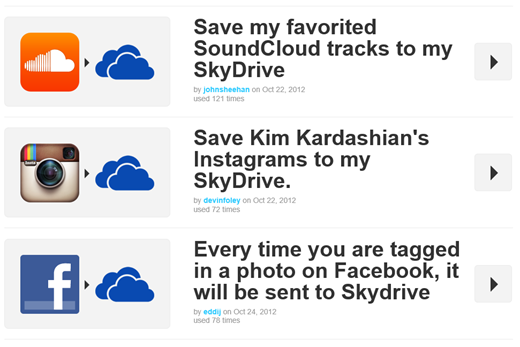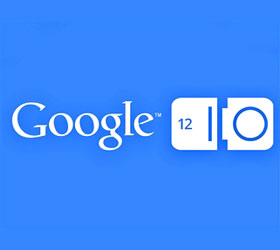Microsoft recently announced a bunch of new tools related to its SkyDrive file-sharing and cloud storage service, such as SkyDrive SDKs for .NET and Windows Phone 8. SkyDrive is said to be a substantial integrator for software and hardware churning out of the Microsoft factory. These new developer tools are said to push it further into prominence. Jim O’Neil, a technology evangelist for Microsoft, said that the cloud serves up the “connection” experience and within Windows 8 that experience is not “bolted on.”
He defines SkyDrive as a “first-class citizen,” which can offer developers with “roaming storage that automatically handles the synchronisation of application data across Windows 8 devices linked to a given user’s Microsoft account.”
For those who keep a vigil eye on Microsoft, the November 16 SDK announcement is a step in the right direction. But they also see Windows 8 and Windows Phone 8 journey not easy as they are pitted against two formidable competitors, Apple’s iOS and Android, with both enjoying fully developed ecosystems. The SDK kit move may ease and even shorten the otherwise bumpy ride.
There is a big chance that iPhone and Android users would be unwilling to try out new platforms from Microsoft, as they see so many apps available for their present computing devices without trying any new platform. Microsoft as compared to their main rivals, offers less apps in their Windows Store.
In addition to announcing new .NET and Windows Phone SDKs, Microsoft’s recent announcement for developers also included announcement of IFTTT, DocuSign and SoundGecko integration.
DocuSign is an electronic signature site. SoundGecko is a text-to-audio transcription service. When linked with SoundGecko with SkyDrive, users can get their MP3 audio transcriptions automatically uploaded to a SoundGecko folder in their SkyDrive account. Another attraction for developers is SkyDrive integration with the IFTTT service, with IFTTT standing for If This Then That.
According to IFTTT, its main aim is to provide everyone the means to create valuable connections between the services and devices used every day. “Think of all the things you could do if you were able to define any tasks as when something happens (this) then do something else (that).” IFTTT on the other hand allows social media services to work together.
To read the complete news, click here.




